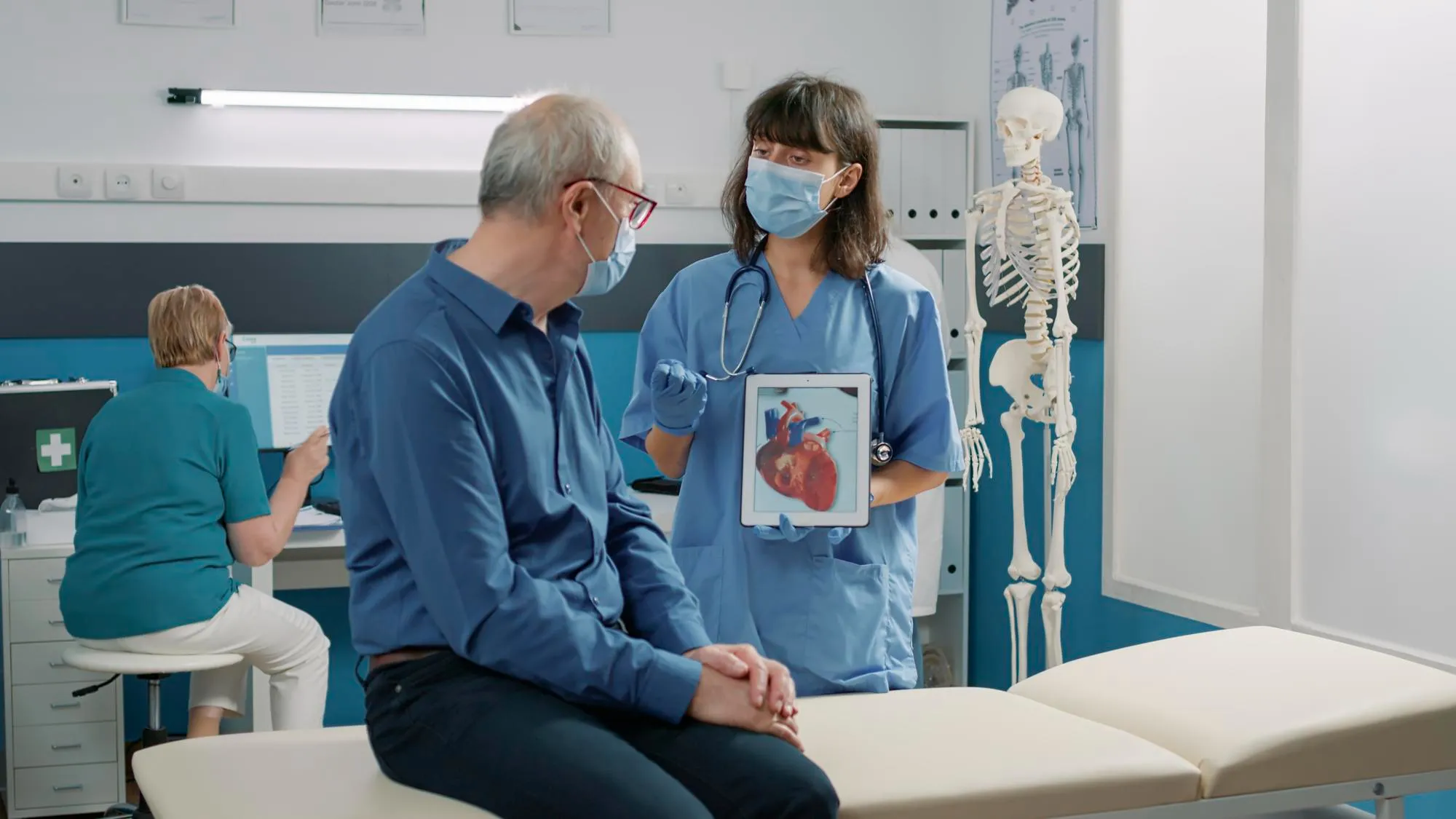In a groundbreaking affirmation within the cardiology community, recent correspondence published in *The Canadian Journal of Cardiology* emphasizes that severe left ventricular obstruction should not be viewed as a limitation for the employment of alcohol septal ablation (ASA) in appropriate cases. The letter dated January 16, 2024, authored by Josef Veselka from the Department of Cardiology at University Hospital Motol, Second Medical School, Charles University, Prague, Czech Republic, challenges conventional treatment paradigms and encourages a thoughtful reconsideration of therapeutic options for patients with hypertrophic cardiomyopathy (HCM). Veselka’s letter, “Reply to Dai-Severe Left Ventricular Obstruction Is No Limitation for Alcohol Septal Ablation,” advocates a more inclusive approach for ASA, traditionally reserved for lesser degrees of obstruction. This article aims to dissect the implications of this perspective and explores how this insight could transform current practices.
The Age-Old Debate: ASA in Severe Left Ventricular Outflow Tract Obstruction
The controversy surrounding the use of ASA in patients with severe left ventricular outflow tract (LVOT) obstruction is not new. The procedure, which involves injecting ethanol into the septal artery to induce a controlled myocardial infarction and subsequent thinning of the hypertrophic septum, has been a subject of debate due to concerns regarding its safety and efficacy in severe cases.
However, in his correspondence, Prof. Veselka argues based on outcomes and advancements in procedural techniques that these concerns may be overemphasized. Citing various studies and clinical experiences, he purports that with careful selection of patients and execution of the procedure, ASA can indeed be a viable option even in severe LVOT obstruction, providing symptomatic relief and improved quality of life without disproportionate risk.
Expert Commentary: The Advantages and Considerations of ASA
In the letter, Veselka elucidates the merits of ASA, such as its less invasive nature compared with surgical myectomy, often considered the gold standard for obstruction relief. He underscores that ASA can be particularly advantageous for older patients or those with comorbidities that make them unsuitable for open-heart surgery. For younger patients too, the promise of a less invasive technique that can be performed with a shorter recovery time is enticing.
The key, Veselka emphasizes, lies in the careful selection of patients, which involves thorough clinical evaluation, imaging, and consideration of the patient’s overall health. With meticulous pre-procedural planning and intra-procedural guidance like echocardiography or other imaging modalities, the alcohol can be delivered precisely, minimizing risks and maximizing chances of success.
DOI: 10.1016/j.cjca.2023.08.005
Patient Outcomes: Weighing the Risks and Benefits
Central to Veselka’s argument is the concept of patient outcomes. He posits that the risk-benefit ratio of ASA in severe LVOT obstruction may be favorable considering the alternative in many cases is continued morbidity or riskier surgical intervention. Veselka draws upon data demonstrating the positive impact of ASA on gradients across the LVOT and on heart failure symptoms. He also notes the importance of patient-centered care, suggesting that ASA can offer a tailored and less burdensome option for certain patients, especially when the procedural risks are adequately managed.
The Global Response: Balancing Evidence and Practice
The letter has ignited a global response within the cardiology community leading to discussions and debates on the merit of broader ASA application. Critics point to the need for a larger evidence base, particularly randomized controlled trials, to firmly establish the role of ASA in severe LVOT obstruction. However, proponents like Veselka maintain that the growing body of observational studies and registries supports broader use in clinical practice today.
The Future of ASA: Evolving Guidelines and Specialized Care
Looking forward, Veselka’s advocacy for ASA in severe LVOT obstruction beckons a need for updated clinical guidelines that accommodate recent evidence and diverse patient scenarios. New guidelines might detail the patient selection criteria, procedural techniques, and post-procedural care protocols that could help cardiologists navigate the complexities of ASA in more severe cases. Further, the development of specialized centers with dedicated ASA programs and trained personnel could optimize patient outcomes and contribute to this evolution in care.
Conclusion: Creating New Horizons in Cardiomyopathy Treatment
The narrative set forth in Veselka’s letter, echoed through his practical expertise and supported by research and real-world clinical experiences, paints an optimistic future for ASA in the treatment of hypertrophic cardiomyopathy, even in severe cases of LVOT obstruction. As the industry takes steps toward embracing these insights, the ultimate benefactors will be the patients, who stand to gain access to less invasive, potentially life-altering treatment options.
References
1. Veselka, Josef. “Reply to Dai-Severe Left Ventricular Obstruction Is No Limitation for Alcohol Septal Ablation.” The Canadian Journal of Cardiology, vol. 40, no. 1, Jan. 2024, p. 57., doi:10.1016/j.cjca.2023.08.005.
2. Sorajja, P., Ommen, S. R., Holmes, D. R., Dearani, J. A., & Gersh, B. J. (2016). Long-term follow-up of alcohol septal ablation for symptomatic hypertrophic obstructive cardiomyopathy: a systematic review and meta-analysis. Circulation: Cardiovascular Interventions, 9(5).
3. Maron, B. J., & Nishimura, R. A. (2020). Surgical myectomy remains the primary treatment option for severely symptomatic patients with obstructive hypertrophic cardiomyopathy. Circulation, 142(5), 419-422.
4. Jensen, M. K., Prinz, C., & Horstkotte, D. (2018). Alcohol septal ablation in patients with hypertrophic obstructive cardiomyopathy: low incidence of sudden cardiac death and reduced risk profile. Heart, 104(14), 1172-1177.
5. Faber, L., Seggewiss, H., & Gleichmann, U. (2007). Percutaneous transluminal septal myocardial ablation in hypertrophic obstructive cardiomyopathy: long-term follow-up of the first series of 25 patients. Herz, 32(4), 291-299.
Keywords
1. Alcohol Septal Ablation
2. Left Ventricular Obstruction
3. Hypertrophic Cardiomyopathy Treatment
4. Cardiology Interventions
5. Non-surgical Myectomy Alternative
